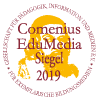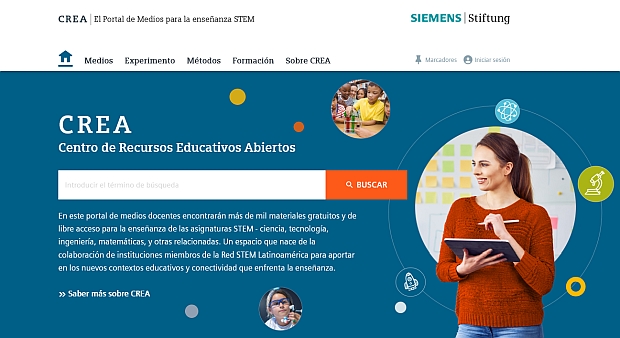Overview of membrane filters
Bild
Table:
An overview of the different pressure-driven membrane filtration processes.
Medientyp:
Bild (344,5 kByte)
Letzte Aktualisierung:
26.10.2018
Lizenz:

Dieses Medium steht unter einer CC BY-SA 4.0 international Lizenz.
Was bedeutet das?
So verweisen Sie auf das Medium

Dieses Medium steht unter einer CC BY-SA 4.0 international Lizenz.
Was bedeutet das?
So verweisen Sie auf das Medium
Medienpaket:
Beschreibung:
Membrane filters consist of a microporous material. During filtration of water suspended particles above a certain size are retained while smaller particles can pass through the membrane unimpeded.
Apart from typical applications of the individual filter types, this tabular overview also lists the main parameters. Plastic is generally used as the filter material, although metal and ceramic membranes are also possible in principle. Depending on the size of the particles to be separated out and the pore size of the membrane the filtration process is referred to as microfiltration, ultrafiltration, nanofiltration or reverse osmosis. The smaller the pores are, the greater the applied pressure difference has to be in order to force the water through the membrane.
Information and ideas:
Information on the individual filtration processes for further study can be found in the “Guideline for water treatment" on the media portal of the Siemens Stiftung.
Apart from typical applications of the individual filter types, this tabular overview also lists the main parameters. Plastic is generally used as the filter material, although metal and ceramic membranes are also possible in principle. Depending on the size of the particles to be separated out and the pore size of the membrane the filtration process is referred to as microfiltration, ultrafiltration, nanofiltration or reverse osmosis. The smaller the pores are, the greater the applied pressure difference has to be in order to force the water through the membrane.
Information and ideas:
Information on the individual filtration processes for further study can be found in the “Guideline for water treatment" on the media portal of the Siemens Stiftung.
Lernobjekttyp:
Information sheet
Fächer:
Biology; Chemistry; Physics; Technology
Klassenstufen:
Grade 10 to 13
Schultypen:
Middle/high school
Stichworte:
Drinking water; Nanotechnology; Water treatment; Desalination plant; Drinking water treatment; Membrane filter; Microfilter; Nanotechnology; SkyHydrant; Water filter
Bibliographie:
Siemens Stiftung Media Portal
Urheber/Produzent:
MediaHouse GmbH
Rechteinhaber:
© Siemens Stiftung 2016



